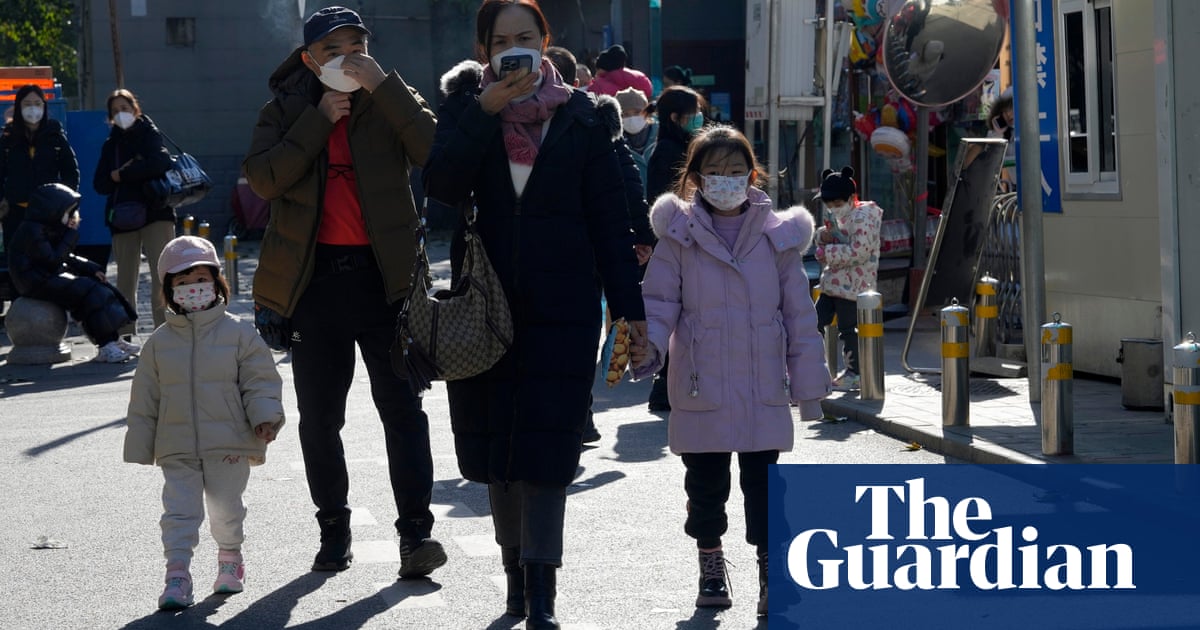
The country’s health ministry stated on Sunday that the recent increase in respiratory illnesses in China, which has caught the attention of the World Health Organization, is attributed to the flu and other well-known pathogens rather than a new virus.
According to a spokesperson from the National Health Commission, current outbreaks of respiratory illnesses are the result of various common viruses, including influenza, rhinoviruses, respiratory syncytial virus (RSV), and adenovirus, along with bacteria like mycoplasma pneumoniae. This particular bacteria is often responsible for infections in the respiratory tract.
The ministry urged local officials to increase the number of fever clinics and encourage vaccinations for children and elderly individuals as China faces a surge of respiratory illnesses during its first winter without Covid-19 restrictions.
The ministry’s spokesperson, Mi Feng, stated that actions should be taken to enhance the availability of appropriate clinics and treatment spaces, extend operating hours, and boost the availability of medications.
He recommended that individuals wear masks and urged local officials to prioritize preventing the transmission of diseases in densely populated areas such as schools and nursing homes.
Earlier this week, the WHO formally asked China to provide details regarding a potential increase in respiratory illnesses and cases of pneumonia in children. This was reported by various media outlets and a worldwide infectious disease surveillance organization.
New strains of the flu or other viruses that can cause pandemics often begin with unrecognized groups of respiratory illnesses. Both Sars and Covid-19 were initially identified as uncommon forms of pneumonia.
The Chinese government recently attributed the rise in respiratory illnesses to the easing of Covid-19 lockdown measures. Similarly, other nations experienced an increase in respiratory diseases like RSV after lifting pandemic restrictions.
During a teleconference on Thursday, Chinese health officials provided the data requested by the WHO. The information revealed a rise in hospitalizations of children since October due to various diseases such as bacterial infection, RSV, influenza, and common cold viruses.
According to the WHO, Chinese authorities claimed that the increase in patients did not overwhelm the country’s hospitals.
It is not common for the United Nations’ health organization to openly request for more specific data from nations, as these inquiries are usually made internally. The World Health Organization stated that it asked China for additional information through an international legal process.
Based on reports from within China, several hospitals in the northern region, particularly in Beijing, have been overwhelmed by the recent outbreaks. Health officials have advised the public to bring children with milder symptoms to clinics and other healthcare facilities.
The World Health Organization stated that there is currently insufficient information to accurately evaluate the potential risk of the recently reported cases of respiratory illness in children.
The initial reports on the Covid-19 outbreak, which originated in Wuhan, China in December 2019, have been criticized for lacking transparency by both Chinese officials and the WHO.
Source: theguardian.com


